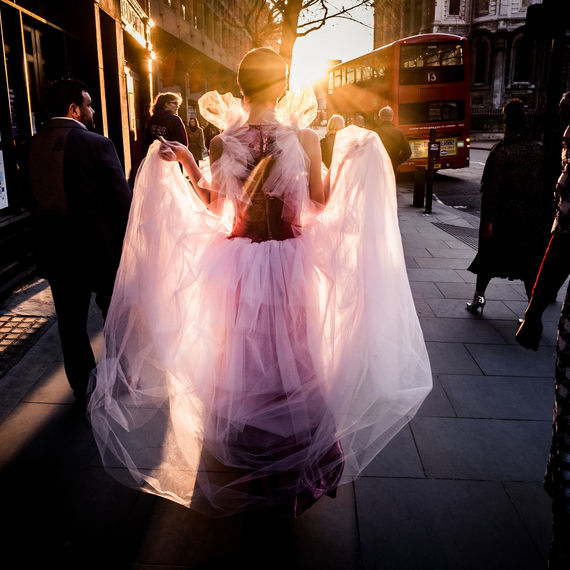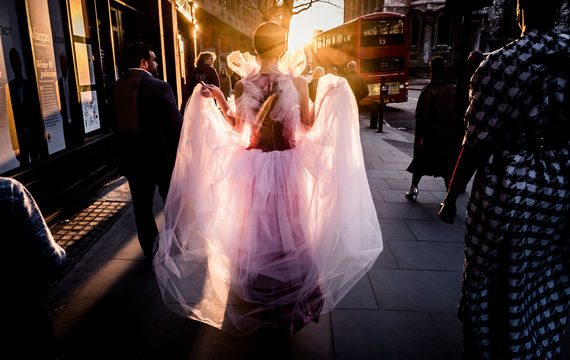Mountains against a sea of blue
The contemporary composer Guillaume Connesson (1970) strives in his works to achieve a balance between innovation and accessibility. A French music journalist described it as follows: “Connesson dares to prioritise pragmatism before idealism. He gives precedence to audience enjoyment over vain musical experiments.” Underlying his works is a broad musical taste that ranges from composers like Couperin, Wagner and Debussy to modern names such as Dutilleux, Messiaen and Reich. Connesson also does not shy away from more popular genres like jazz, funk, pop and film music.
Connesson wrote his Concerto for Cello and Orchestra in 2008 at the request of the cellist Jérôme Pernoo, who also played its premiere in Paris. By his own account, he drew inspiration for the work from the ice blocks in Antarctica: “The first movement is like granite, almost like a block of ice, while the second movement is very fluid and airy. The third movement is a slow meditation that the makes the cello sing, a paradise garden in the Hesperides in which the soloist’s long melody alternates with the sound of a swarm of birds and insects in the xylophone and flutes. In the middle, there is a remarkable fragment with restrained pizzicatos on the glass harmonica, as an atmospheric light phenomenon. After a cadenza by the soloist in the fourth movement, the finale bursts into a grand, energetic dance.”
Jessie Montgomery (1981) also had a natural phenomenon in mind when he wrote Starburst. The American composer and violinist grew up in a milieu where a wide range of musical styles was constantly heard. Her music is thus subject to many different influences, from African American spirituals to modern improvisation. Starburst was commissioned by the Sphinx Organization, of which she is also a member as a violinist. She describes the work as follows: “This short work for string orchestra is a visual interplay of rapidly changing musical colours. Sudden outbursts alternate with soft and airy melodies, in an attempt to create a multidimensional sound landscape.”


